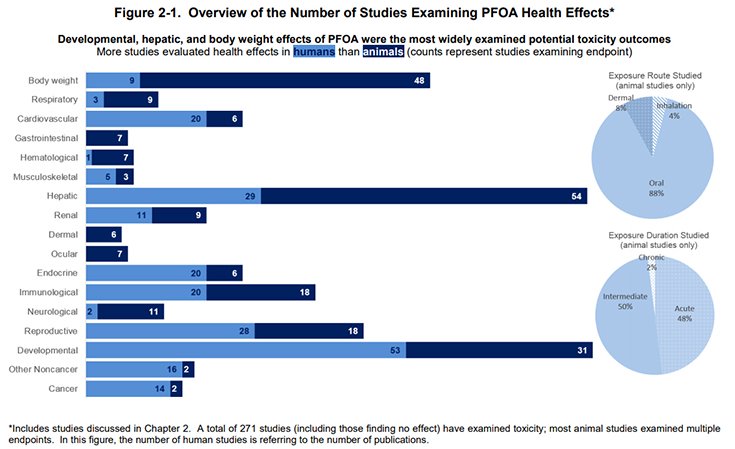Study: These Common Chemicals are Toxic FAR Below EPA’s ‘Safe Limit’
The chemicals used at a West Virginia factory operated by DuPont Co. to make nonstick products are toxic at levels deemed safe by the U.S. Environmental Protection Agency (EPA), federal research that had previously been blocked from publication shows.

DuPont, which uses the chemicals to make nonstick Teflon products, is now facing thousands of lawsuits from people living near its Parkersburg-area Washington Works plant who say their water is contaminated.
The chemicals in question, known as poly- and perfluoroalkyl substances (PFAS, PFOS), can also be found in some food packaging, such as pizza boxes, and in cellphones and backpacks.
The Federal Agency for Toxic Substances and Disease Registry released the draft study on PFAS on June 20, 2018, according to news outlets. Federal researchers found that the chemicals are dangerous at levels about 10 times lower than the EPA’s advised exposure of 70 parts per trillion.
PFAS have been linked to cancer, immune system problems, and adverse developmental defects on developing fetuses.

In May, Politico broke the news that the study’s publication had been delayed, drawing the ire of lawmakers who pressured the EPA to release the data. According to Politico, the Trump administration blocked the study over concerns it would be a “public relations nightmare.”
U.S. senators Democrat Joe Manchin and Republican Shelley Moore Capito were particularly vocal in pressuring the EPA to release the study.
On the day it was finally published, Sen. Manchin said that the study paved the way for “additional steps to address these issues in West Virginia and continue to pursue a definitive rule that sets maximum limits on these chemicals.”
Capito called the report “critical to ensuring the health of West Virginians.”

But West Virginians aren’t the only Americans who are exposed to toxic levels of PFAS in their water. Communities around military bases in Pennsylvania and Michigan have also been exposed to the dangerous substances because the Defense Department uses foam containing PFAS’s for military exercises. [2]
Olga Naidenko, senior science adviser at the Environmental Working Group (EWG), an environmental watchdog group, said:
“This study confirms that the EPA’s guidelines for PFAS levels in drinking water woefully underestimate risks to human health.”
Read: Your Tap Water is Likely Contaminated with Industrial Chemicals
She called on the EPA to use the data collected in the report, and collect and publish all water results showing PFAS contamination at any level, “so Americans across the country can take immediate steps to protect themselves and their families.”
The EWG recently-released an analysis showing that an estimated 110 million Americans have tap water that is contaminated with PFAS.
Also in June, a study by scientists from 15 universities and institutions including Stanford, Harvard, and Purdue, was published showing that the EPA had seriously underestimated the amount of methane gas leaking from oil and gas drilling sites.
Researchers wrote in the report that about 60% more methane is lost each year than the EPA estimated, at a cost of about $2 billion – enough to heat roughly 10 million homes in the U.S. [3]
Sources:
[2] Reuters
[3] EcoWatch
